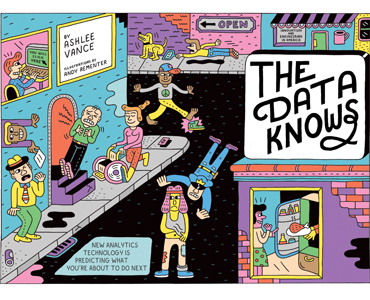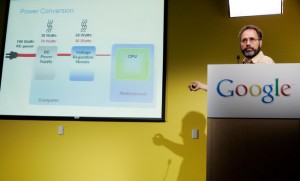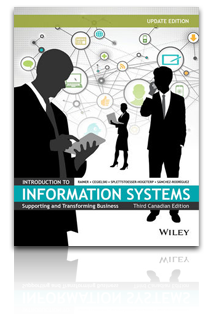Description: We’re one of the few ecommerce companies that gets to connect with each of ourcustomers in person. They tell us where they will be at a given date and time, down to the exact seat location. So enhancing the event with geosocial is a cool part of the evolution of the experience and part of our roadmap ahead.
Source: Forbes .com.
Date: Sept 15, 2011

Are there certain venues or types of concerts for which you’re seeing heavier useof the interactive seating maps?
Nathan: So far, we’re seeing the most tagging activity in concerts and sports games, but theater and family shows are definitely getting their share of tags as well. Some of the most tagged events have been the US Open games, NASCAR, and college football. But the most tagged event to date is actually Bone Bash XII with Judas Priest at Sleep Train Pavilion in Concord, CA. Read rest of story
Questions for discussion:
- Does this interactive technology give Ticketmaster a long term competitive advantage?
- Which of Porters generic strategies does Ticketmaster employ?








